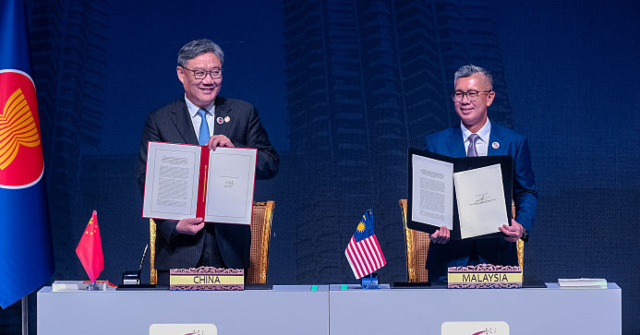Copyright kyivpost

A Russian independent media outlet has compiled a database identifying soldiers accused of killing their own comrades on the front lines in Ukraine – a practice soldiers refer to as “nullification.” The database, created by Verstka, currently lists 101 individuals. Of these, 79 are considered “identified,” meaning the outlet obtained at least two independent confirmations of their alleged crimes. The remaining 22 cases are listed with less verification, and the database is expected to be updated as new evidence emerges. Most of the identified perpetrators are commanders. The entries include names, ranks, units, and photographs – though only a few have faced criminal prosecution. A source within Russia’s Main Military Prosecutor’s Office told Verstka that investigations into officers serving in Ukraine have been informally banned, with officials claiming that such probes could disrupt military operations. Verstka compiled the database using complaints submitted to military prosecutors, testimonies from soldiers and relatives, as well as evidence from chat groups, Telegram channels, and other media. Since the start of Russia’s full-scale invasion, the prosecutor’s office has reportedly received more than 12,000 complaints of violence by Russian commanders against their own troops. Forms of Violence Executions, referred to as “nullifications,” include direct killings, torture, and sending soldiers on near-suicidal missions without weapons or protective gear. A mobilized soldier named Aleksei told Verstka that a commander with the call sign “Sumrak” had assigned a subordinate to execute anyone who disobeyed orders. “Those who refused were shot point-blank,” Aleksei said. “Their bodies were dumped in the Siverskyi Donets River or shallowly buried.” Another soldier, known by the call sign “Fixa,” from the same 80th Tank Regiment, was allegedly tortured and shot after refusing to serve as a “beacon” – a live decoy sent ahead to draw Ukrainian fire. His execution was filmed, according to two witnesses, who said the footage shows “Kemer’s men” beating and electrocuting him before shooting him dead. Witnesses describe soldiers being executed at close range, tortured with electric devices, or killed by drone strikes for disobeying orders. Their bodies are often left on the battlefield or buried in forests, officially recorded as “missing in action” or “deserters.” In some cases, troops were reportedly sent into combat with grenades concealed in their vests – a method said to have been used near Chasiv Yar. Other soldiers were held in pits or cellars, beaten, and deprived of food and water. Survivors were sometimes forced to fight each other. Aleksei said that soldiers who drank or complained were shackled and thrown into a two-meter-deep pit covered with a grate. “They poured in water until it reached the top,” he said. “Men gasped for air through the bars like fish. Some died from hypothermia, pneumonia, or kidney failure.” Others were forced into brutal pit fights. A soldier named Yuriy from the 114th Brigade said commanders made prisoners beat one another in flooded pits. “The one who survived got out,” he said. Some commanders also allegedly killed soldiers over financial disputes -– such as refusing to share payments for injuries or looted goods. Verstka said the goal of the project is to document evidence of these crimes and encourage others to come forward. A similar database published in early October by Vot Tak listed 50 Russian commanders accused of violence against their own troops — many of whom also appear in Verstka’s investigation.



